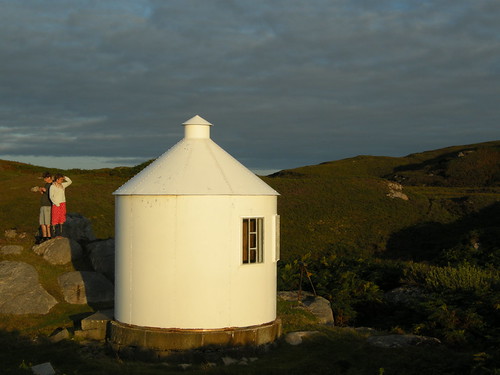Some reflections on the International Conference on Livecoding 2019 in Madrid.
The play-and-tell workshop that I helped put together with Evan Raskob and Renick Bell was, as intended, a low key and informal way for people to share their individual practices in livecode. Of particular interest to me was Dimitris Kyriakoudis showing how he uses heavily customised keyboard shortcuts in emacs as a way to be completely fluent when performing: as he put it, ‘typing should not get in the way of livecoding performance’. There were also some very interesting links to my mind between his Timelines system – ‘all music is a function of time’ and Neil C Smith‘s ‘AMEN $ Mother Function‘ performance that worked by chopping up a wavetable as a function of time.
As well as that session, I also had input to a paper entitled ‘Towards Improving Collaboration Between Visualists and Musicians at Algoraves‘ co-authored by – deep breath – Zoyander Street, Alejandro Albornoz, Renick Bell, Guy John, Olivia Jack, Shelly Knotts, Alex McLean, Neil C Smith, Atsushi Tadokoro, J. S. van der Walt and Gabriel Rea Velasco. The creation of this paper was itself an interesting process, beginning with a conversation in Sheffield, and then continuing with us writing the paper collaboratively in a shared online space. Guy presented the paper, you can see that here.
A stand-out performance for me was Maia Koenig‘s ‘RRayen’, using some sort of hand-held games console. Great energy: I can’t seem to find a video of her performing at ICLC, but here she is doing the piece elsewhere.
Of the many new livecoding systems presented, I was rather taken by Balázs Kovács slighly bonkers Makkeróni ‘web-based audio operating system’, kind of like an online shared bash shell that plays music.
Also very interesting was Alejandro Franco and Diego Villaseñor and presenting their Nanc-in-a-Can Canon Generator. The cultural backround was fascinating, with an attention to reclaim Nancarrow as a Mexican composer as explained in the talk.
I’ve never been to Madrid before, but found it was an easy place to be: dry, cold, comfortable and easy to get around. ICLC 2020 is to be in Limerick, fairly local for me, so I’ll be looking to present or perform there as well.














You must be logged in to post a comment.